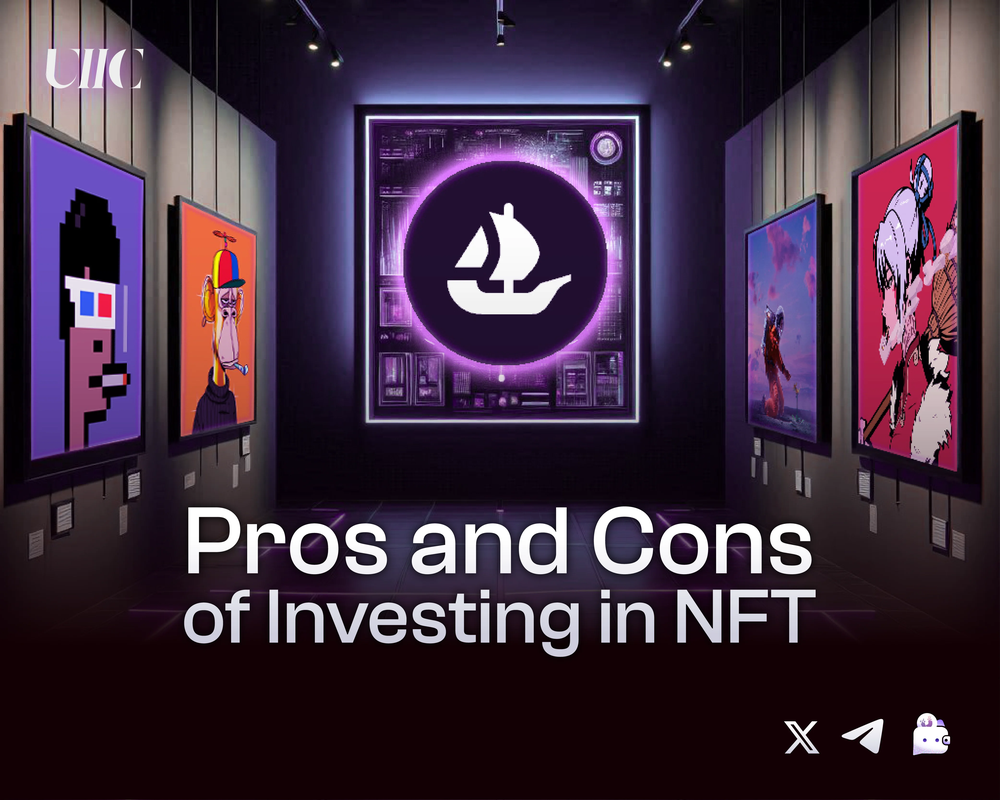Pros and Cons of Investing in NFTs
NFTs (Non-Fungible Tokens) have transformed how we think about digital ownership. Unlike cryptocurrencies like Bitcoin, NFTs are unique digital assets that represent ownership of specific items—digital art, music, virtual land, and more.
But like all investments, NFTs come with both opportunities and risks. Here's a breakdown to help you make smart decisions.
✅ Pros of Investing in NFTs
1. Ownership & Authenticity
- NFTs provide verifiable proof of ownership on the blockchain.
- Creators can ensure their work is protected from duplication or theft.
2. High Potential Returns
- Early investors have seen massive gains (e.g., Beeple's $69M NFT sale).
- Identifying high-potential NFTs early can lead to significant profits.
3. Diverse Opportunities
- Invest in digital art, music, virtual land, gaming assets, and more.
- Access to unique experiences like token-gated content or concerts.
4. Decentralization & Transparency
- All transactions are recorded on blockchain.
- No central authority—data is tamper-proof and publicly visible.
5. Supporting Creators
- NFTs allow direct-to-fan sales, eliminating intermediaries.
- Smart contracts enable automatic royalties on resales.
❌ Cons of Investing in NFTs
1. Market Volatility
- Prices fluctuate wildly due to speculation.
- An asset worth thousands today could be worthless tomorrow.
2. Lack of Regulation
- The NFT space is largely unregulated, leaving room for scams and fraud.
- Investors must DYOR (Do Your Own Research) and verify creators/platforms.
3. Environmental Impact
- Many NFTs are minted on blockchains using energy-intensive PoW.
- Critics argue NFTs contribute to carbon emissions.
4. Liquidity Issues
- NFTs are illiquid; finding buyers at your desired price isn’t always easy.
- Each NFT is unique, making matching buyers harder than with tokens.
5. Overvaluation Risk
- Hype and celebrity endorsements can inflate prices beyond actual value.
- Many NFTs are driven by speculation, not intrinsic worth.
💡 Conclusion
NFTs offer a revolutionary way to own and trade digital assets—but not without risk. As an investor:
- Stay informed
- Verify the authenticity of projects
- Understand market trends
- Only invest what you’re prepared to lose
👁 Follow UIIC to stay ahead in NFT trends, smart investing, and Web3 innovation.



